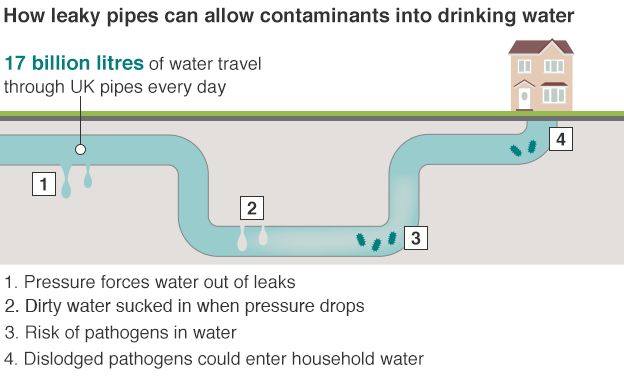Identifying Roof Covering Damages Prior To It Escalates Right Into A Serious Concern
Identifying Roof Covering Damages Prior To It Escalates Right Into A Serious Concern
Blog Article
Article By-Durham Lysgaard
To shield your home from prospective expensive repair services, determining roofing damages early is critical. By keeping an eye out for subtle signs like missing shingles or water discolorations, you can capture concerns prior to they get worse. Yet what regarding those frequently overlooked locations that could mean hidden troubles prowling over you? Keep tuned to uncover crucial suggestions for finding roofing system damage prior to it escalates into a significant migraine.
Very Early Indication
Finding roof covering damages early can save you time and money. One crucial very early indication to watch out for is missing out on or damaged tiles. If you observe any type of shingles that are cracked, curling, or totally missing out on, it's necessary to resolve the concern without delay. These damaged tiles can leave your roof susceptible to leakages and more damages.
One more indication to seek is water discolorations on your ceiling or wall surfaces. These stains can show a leak in your roof that needs prompt attention. Ignoring these water spots can result in a lot more comprehensive and costly fixings down the line.
Additionally, be on the lookout for any type of indications of sagging or drooping locations on your roofing, as this might show architectural damages that requires to be dealt with immediately.
Outside Assessment Tips
Regularly examining the outside of your roofing system is critical for maintaining its integrity and identifying prospective damages early. Start by examining rain gutter companies near me san antonio tx -- seek any missing, fractured, or curling shingles, as these can be indicators of roof damage.
Check the rain gutters for granules from the roof shingles, as too much granule loss may signify aging or weathering. Pay attention to the blinking around vents, chimneys, and skylights, guaranteeing they're tightly sealed and devoid of cracks.
Look for indicators of moss, algae, or mold and mildew development, as these can cause roofing degeneration otherwise addressed immediately. In addition, inspect the fascia and soffits for any kind of water spots or rot, which might indicate water damages.
Finally, examine the general condition of your roof from the ground, searching for any kind of sagging locations or noticeable dips. By carrying out these exterior evaluations frequently, you can catch roofing damage early and stop it from becoming a major problem.
Inside Red Flags
When examining your roofing system for possible damages, do not overlook the relevance of inspecting the inside of your home. Inside warnings can usually be early indicators of roof covering problems that need focus.
Beginning by examining your ceilings for any kind of water discolorations or discoloration, as these could indicate a leak in the roof. One more essential area to check is the attic, where signs of water damages, mold, or mildew may indicate a roof issue.
Pay attention to any type of mildewy odors or a visible boost in humidity levels, as these can additionally be indicators of water intrusion from a harmed roof. Furthermore, sagging areas in the ceiling or walls must be taken seriously, as they could be a result of water damages compromising the framework.
If you notice any one of these interior warnings, it's important to have an expert roofing contractor examine the situation quickly to stop additional damage and costly repair work.
Final thought
By staying alert and on a regular basis checking for very early indication of roofing system damages, you can stop minor issues from developing into significant troubles. Watch out for missing or damaged shingles, water spots on ceilings or wall surfaces, and any sagging or drooping areas on the roofing system. By addressing these issues immediately, you can save on your own from costly fixings and guarantee your roof stays in good condition for several years to come. Keep https://www.dwell.com/article/diy-living-green-roof-01a7bd06 and secure your home from potential damage.
